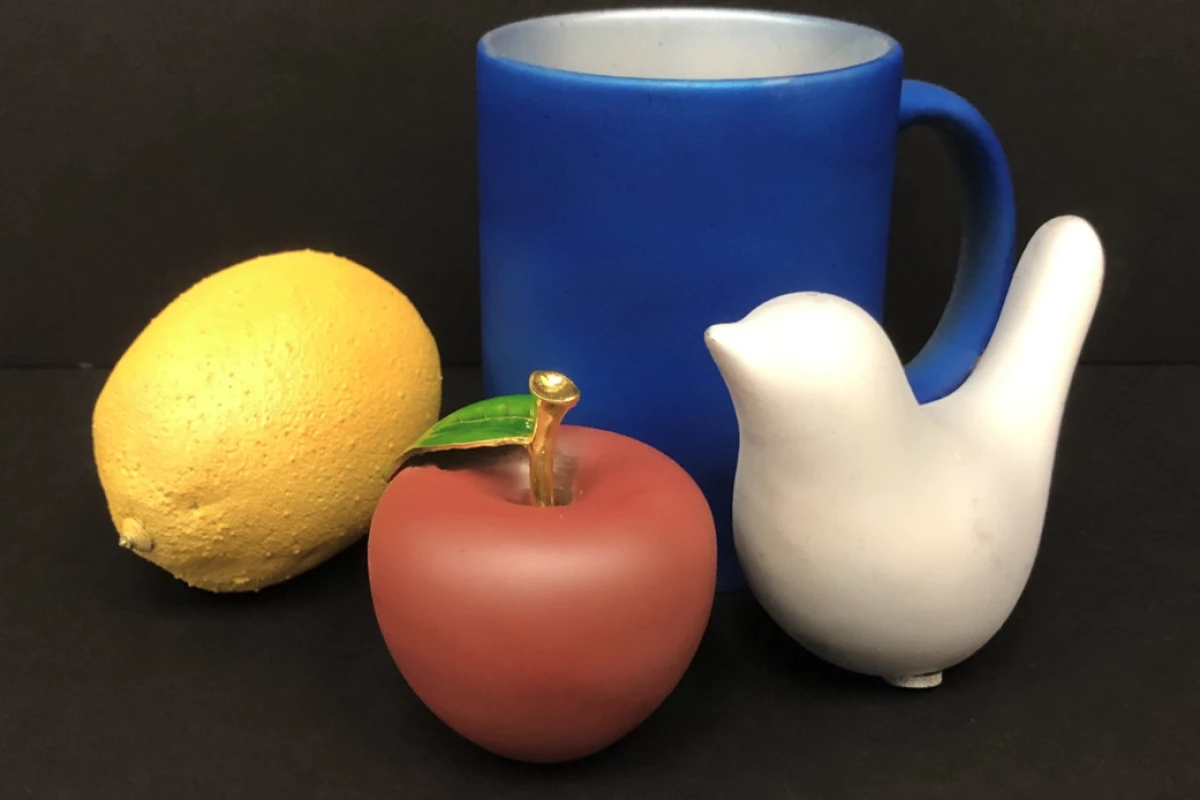Heating and cooling account for huge portions of our energy consumption and environmental impact, so systems that can passively control indoor climate are important. Now scientists at Stanford have created a new type of paint that blocks heat from entering or escaping, and can be made in a range of colors.
As temperatures become more extreme, people will be retreating indoors more often during the height of summer and winter, blasting the aircon or the heater. But frustratingly, those energy-hungry systems are only making the problem worse.
So to take some of the pressure off, scientists have been working on materials and coatings that can passively heat or cool buildings or vehicles. Some work by reflecting sunlight, while others use radiative cooling to emit heat as infrared waves into the sky.
For the new study, the Stanford team developed a new paint that could significantly block heat, keeping the interior of buildings warmer or cooler as needed without chewing up so much energy. And for the aesthetically-minded who might have been turned off by reflective super-white paints, it comes in a variety of colors.
The new paint is made up of two layers. The lower layer contains aluminum flakes that reflect up to 80% of the infrared radiation that hits them, preventing heat from getting through. Over the top of that is an ultrathin outer layer which is transparent to infrared, made up of inorganic nanoparticles that are available in different colors. The idea is that this paint could be applied to the outside of buildings to keep out the heat during summer, and internal walls to better hold heat indoors during winter.
The team tested paint samples in white, blue, red, yellow, green, orange, purple and dark gray versions, and found that each was about 10 times better at reflecting high mid-infrared light than traditional paints of the same colors. In lab experiments, the new paints reduced the energy needed for heating by around 36% and cooling by over 20%. Next, the researchers ran simulations of mid-sized apartment buildings in different climates across the US, painted inside and out with the new material, and found that the total energy use for heating and cooling dropped by about 7.4% over a year.
The durability of the paints was also tested, finding they were water-repellant and didn’t suffer any performance loss after week-long exposure to high temperatures of 80 °C (176 °F) or lows of -196 °C (-321 °F). Environments of high and low acidity didn’t phase them too much either.
The researchers say that with further tweaking, the new paints could be a key tool for passive climate control, reducing the reliance on energy-hungry HVAC systems.
The research was published in the journal PNAS.
Source: Stanford




